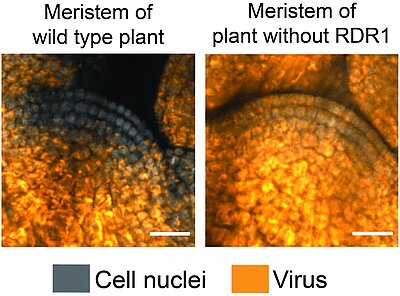
Mechanism by which viruses are excluded from plant stem cells
Horticulturalists have long used the technique of meristem culture to propagate plants, as meristems are generally considered to be free of viruses. However, the mechanism by which the stem cells in meristems exclude viruses has been unclear. Here, Incarbone and Bradamante et al. identified roles for…

Review: Improving RNA-based crop protection through nanotechnology and insights from cross-kingdom RNA trafficking
The German physician Paul Ehrlich (not to be confused with the American scientist of the same name) coined the term “magic bullet” (zauberkugel) to describe something that is perfectly and accurately effective. As much as we dream of magic bullets, they are rarely found, but the idea of using spray-on…
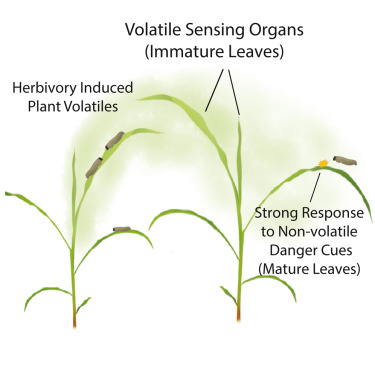
Immature leaves are the dominant volatile-sensing organs of maize
It’s well established that damaged plant tissues emit volatile compounds that bolster defense responses in nearby plants, but how those neighbors sense these compounds has remained obscure. This new work by Wang et al. reveals some important clues. First, as the title indicates, immature leaves are…
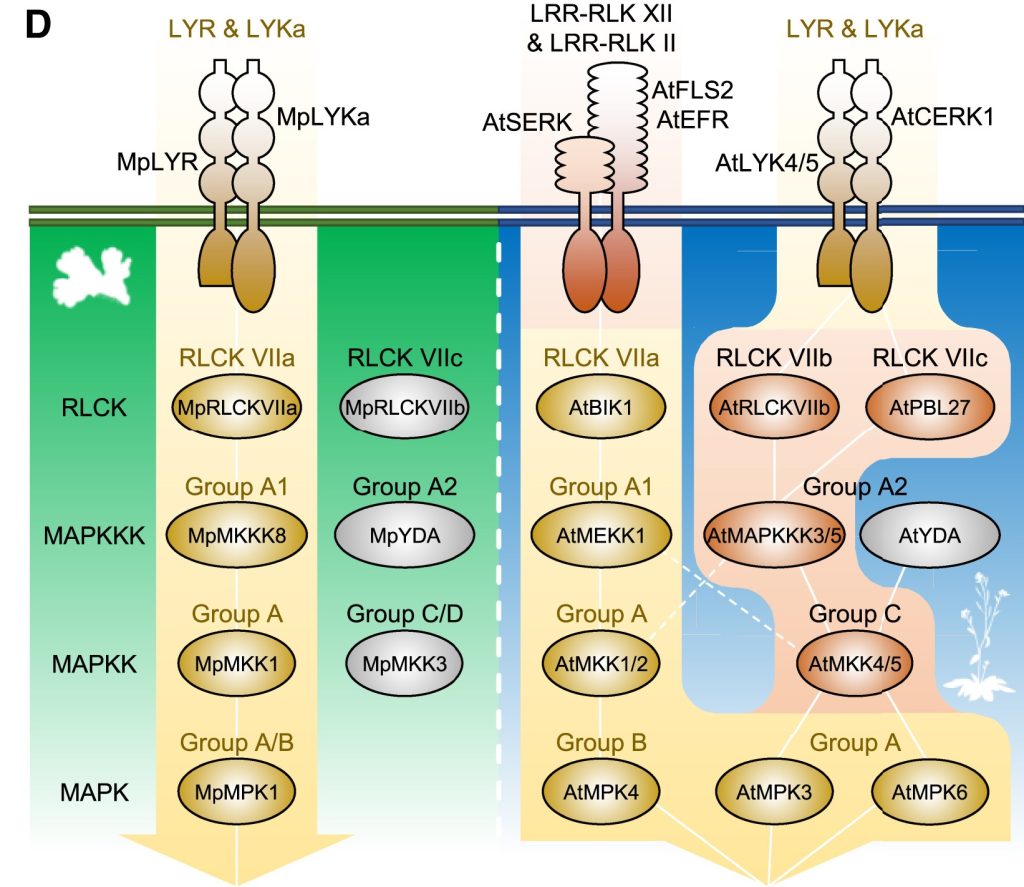
LysM-mediated signaling in Marchantia polymorpha and conservation of PTI in land plants
Marchantia polymorpha, the common (but adorable) liverwort, has earned its spot in the ranks of very important plant model systems, joining Physcomitrium patens as representatives of the bryophyte clade. Many systems first characterized in Arabidopsis and other angiosperms are now being studied in these…
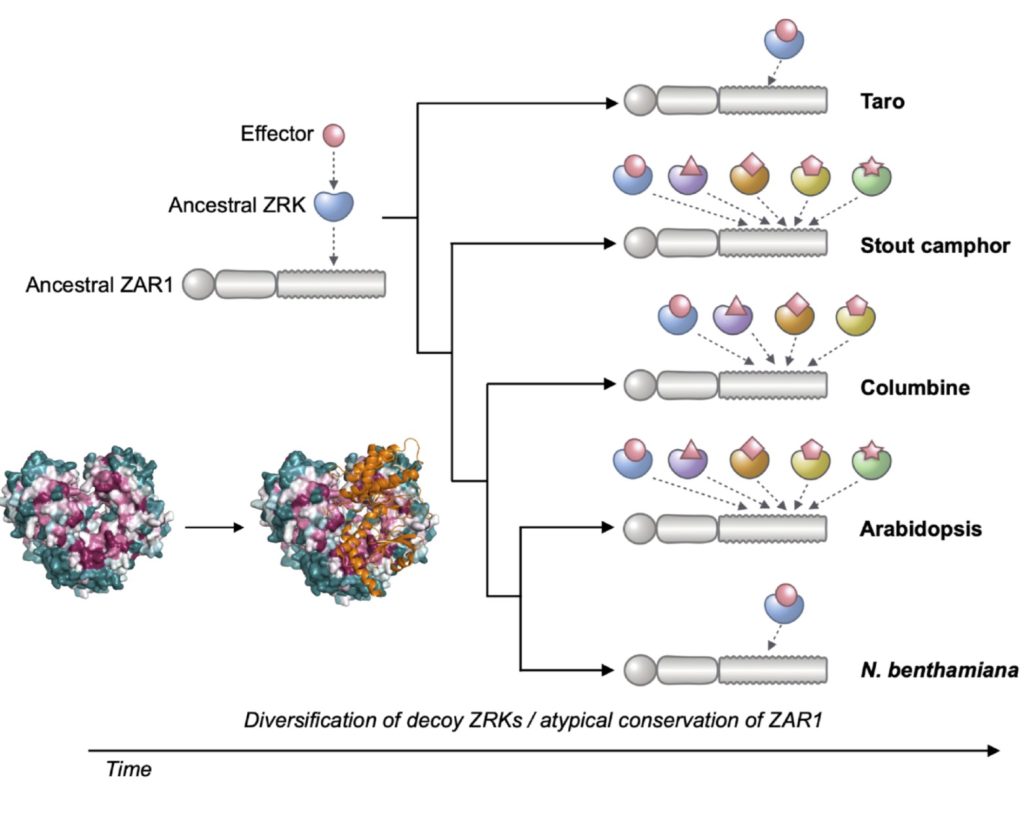
Jurassic ZAR; Insights from an atypically conserved immune receptor
It’s a well-established fact that some proteins are highly variable across species, and others such as histones hardly vary at all. Highly conserved proteins such as histones have very little wiggle room in their structure; small changes can lead to a loss of function. However, for some other proteins…

Genome editing to enhance broad-spectrum disease resistance in rice without compromising yield
Developing broad-spectrum disease resistant crops without compromising the yield has been a persistent challenge in maintaining global food security. In a breakthrough study, Sha et al. developed a promising multi-pathogen resistant rice mutant that retains the crop’s yield, using forward genetic screen…
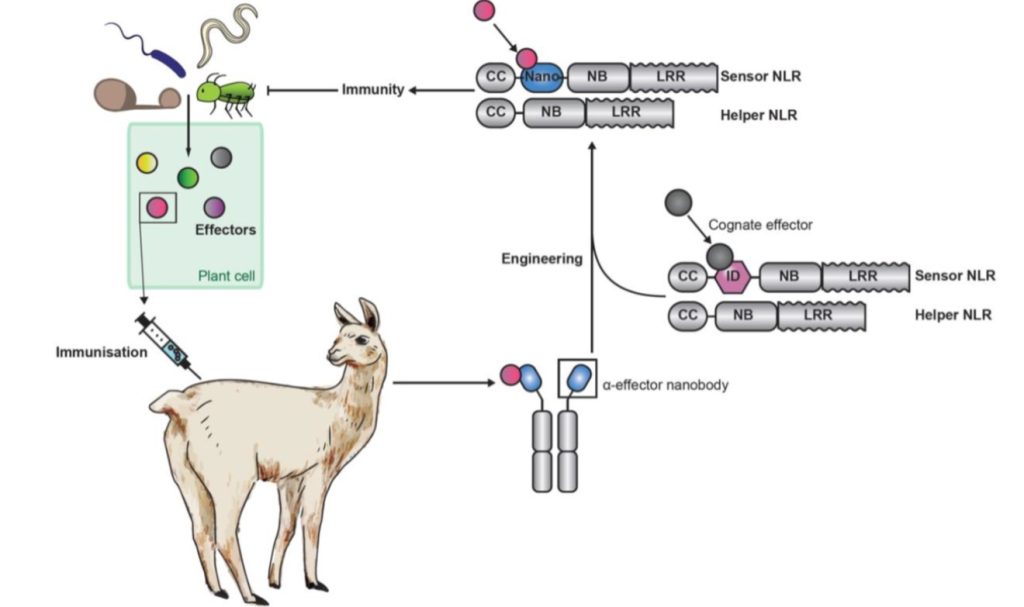
Bioengineered “pikobodies” confer plant disease resistance
The vertebrate adaptive immune system is truly an evolutionary marvel. With its ability to mix-and-match segments of immunoglobulin genes, a nearly unlimited diversity of antigens can be recognized. Plants lack this ability, greatly limiting the number of antigens (and pathogens) any individual can recognize.…
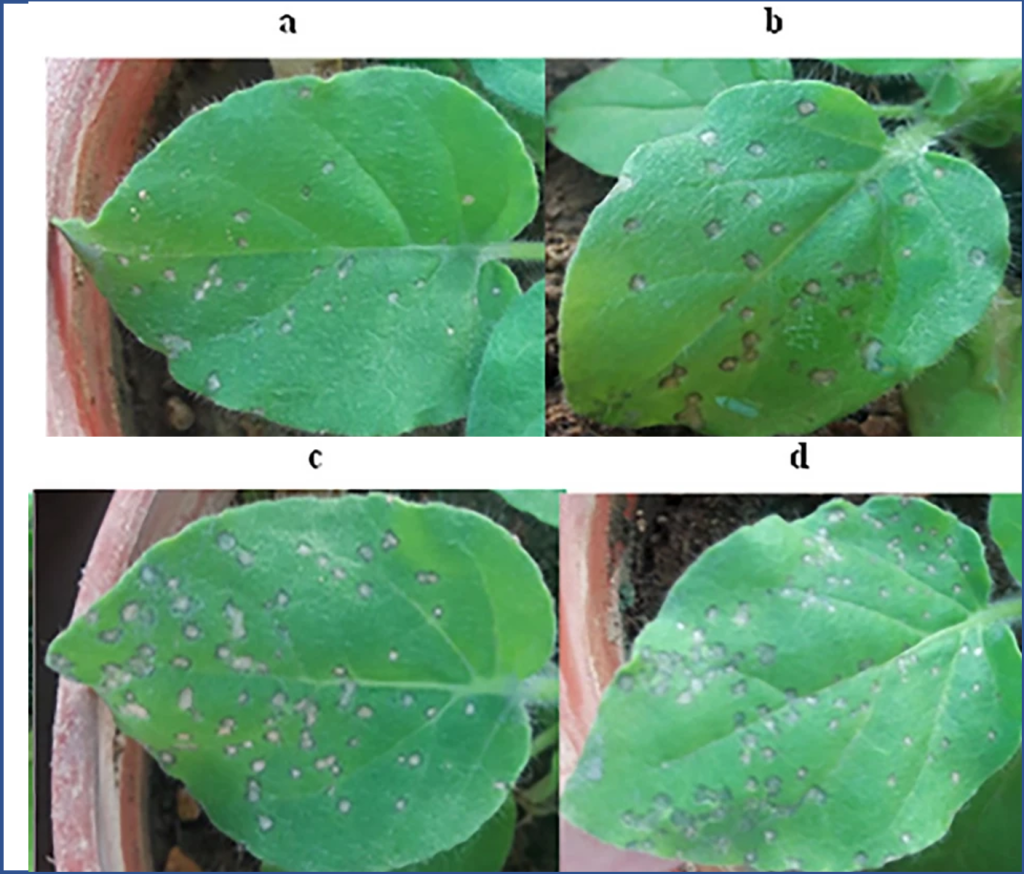
tter gourd protein for defense against plant viral diseases
Bitter gourds (or bitter melon) have been a childhood nightmare of mine. I remember that as a child, my grandparents used to force me to consume these really bitter gourds (Momordica charantia) telling me that they had ‘many benefits’. In addition to being a rich source of antioxidants, M. charantia…
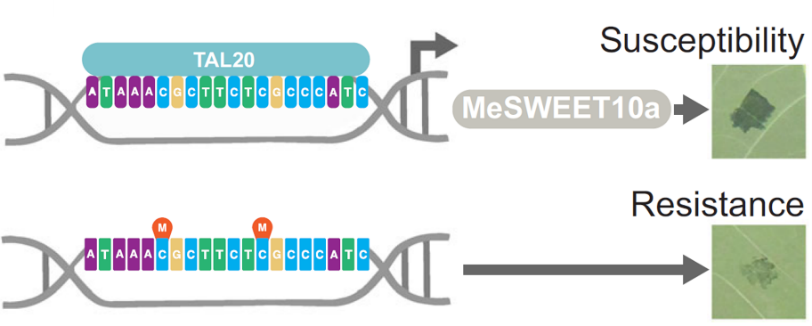
Boosting plant disease resistance through epigenetics
Increasing plant resistance to specific pathogens through genome editing is a very active branch of crop engineering. In a recent paper, Veley et al. propose to edit the epigenome to boost resistance to cassava bacterial blight by increasing the levels of DNA methylation at specific sites, while leaving…

